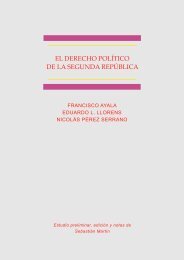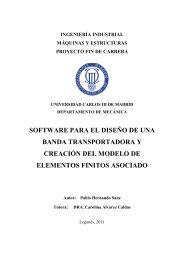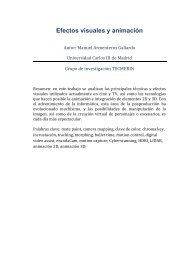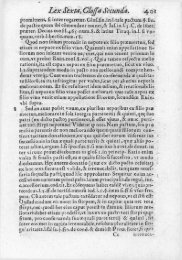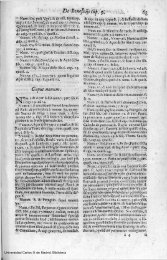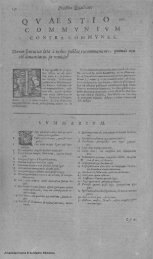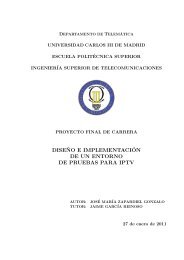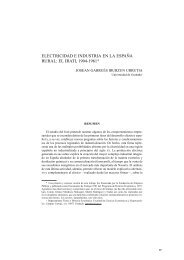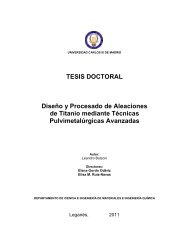Land tenure inequality, harvests, and rural conflict ... - e-Archivo
Land tenure inequality, harvests, and rural conflict ... - e-Archivo
Land tenure inequality, harvests, and rural conflict ... - e-Archivo
Create successful ePaper yourself
Turn your PDF publications into a flip-book with our unique Google optimized e-Paper software.
have relied on newspapers <strong>and</strong> qualitative information to illuminate various aspects of<br />
collective action (Earl et al., 2004: 66; Franzosi, 1987). Newspaper research has been<br />
instrumental in several path-breaking studies of protest <strong>and</strong> social movements such as<br />
the Tarrow (1989), McAdam (1982) or Tilly (1979, 1995).<br />
However, in the case of newspapers, selection <strong>and</strong> description biases need to<br />
be taken seriously: censorship <strong>and</strong> government control is always an issue in countries<br />
with a short tradition of independent journalism. Moreover, newspapers selectively<br />
report events depending on their intrinsic interest to readers <strong>and</strong> probably ideological<br />
biases, which can distort the information given on the event (Earl et al., 2004: 67).<br />
In this paper, I have tried to identify the <strong>conflict</strong> episodes in more than one<br />
source (not always possible) <strong>and</strong> have relied on sources of information that historians<br />
have identified as trustworthy. Moreover, I have used the available information in<br />
ways that minimize description biases. For example, I focus on the strict counting of<br />
events rather than on using information on outcomes or participation in the event wich<br />
could be subject to important inaccuracies. Strict event counts follow the strategy of<br />
Hobsbawm <strong>and</strong> Rudé (1973), Markoff (1985, 1986, 1996), Alston, Libecap <strong>and</strong><br />
Mueller (2000), <strong>and</strong>, to a great extent, Hidalgo, Naidu <strong>and</strong> Richardson (2010).<br />
However, one can argue that the number of events <strong>and</strong> the intensity of<br />
<strong>conflict</strong> are not necessarily highly correlated. In fact several authors stress that the<br />
intensity of <strong>conflict</strong> could be proxied by the proportion of participants in the <strong>conflict</strong><br />
episode in the relevant population (for example the number of strikers in the overall<br />
labor force of a firm or a sector or the proportion of the local population involved in<br />
13



